12 Wild Animals in Kazakhstan [Wildlife in Kazakhstan]
Want to know more about the wildlife in Kazakhstan?
Discover 12 wild animals in Kazakhstan in this post, as well as interesting facts about them. 🇰🇿
TABLE OF CONTENTS
Learn All About Kazakhstani Animals
Ready to learn all about Kazakhstani animals?
I’ve always been fascinated by animals, and by how they can be so different from one country to another. In this guide, we’ll focus on the many animals Kazakhstan has on the land, in the sky, and underwater.
I’ve split the guide into 6 categories:
- Native animals from Kazakhstan
- Endangered animals of Kazakhstan
- What is Kazakhstan national animal?
- How many animals native to Kazakhstan?
- How many snow leopards are there in Kazakhstan?
- Are there snakes in Kazakhstan?
Let’s dive in right away with our first category!
Native Animals from Kazakhstan
Kazakhstan is a large, transcontinental Asian country located in the western part of the continent. It is the world’s largest landlocked country, and it has one of the lowest population densities on the planet, at 6 people per km² or 15 people per sq mi. It is bordered by Russia, China, Uzbekistan, Kyrgyzstan, and Turkmenistan, and although its largest city is Almaty, its capital city is Nur-Sultan (previously known as Astana), which counts more than 1,136,000 inhabitants.
An interesting part of the country that I wanted to tackle is its wildlife. In light of that, I have listed the best of it, and I hope you will love learning what animals live in Kazakhstan.
Here’s the Kazakhstan animals list.
1. Saiga antelope
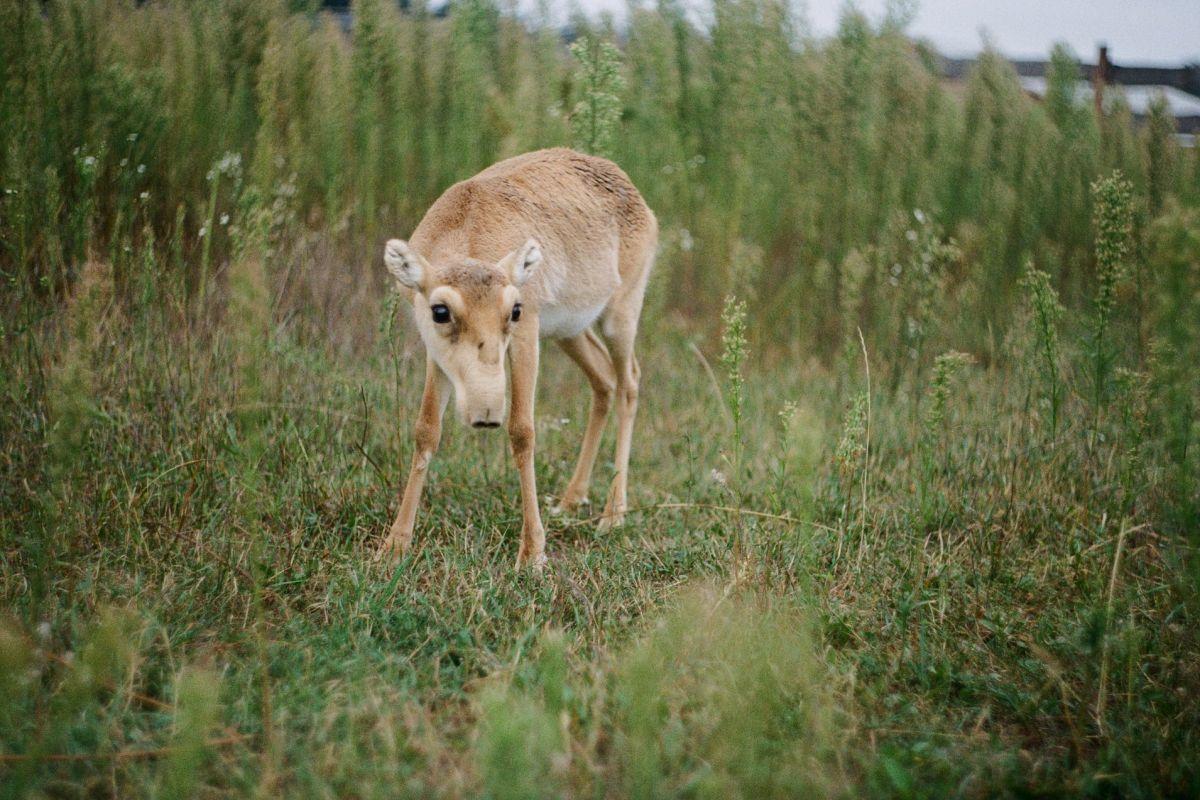
- Name: Saiga antelope
- Scientific name: Saiga tatarica
- Conservation status:
The saiga antelope, also known as the saiga, is a species of antelope that used to live in a vast area of Eurasia, from the Caucasus to Mongolia. Now, it is on the brink of extinction, mostly due to overhunting, climate change, and diseases. It is unique because of its large, bloated nostrils.
This formerly abundant species gathers in large herds in steppes, semi-deserts, and open woodlands, where it feeds on a variety of plants, even some that are poisonous to other animals.
2. Snow leopard
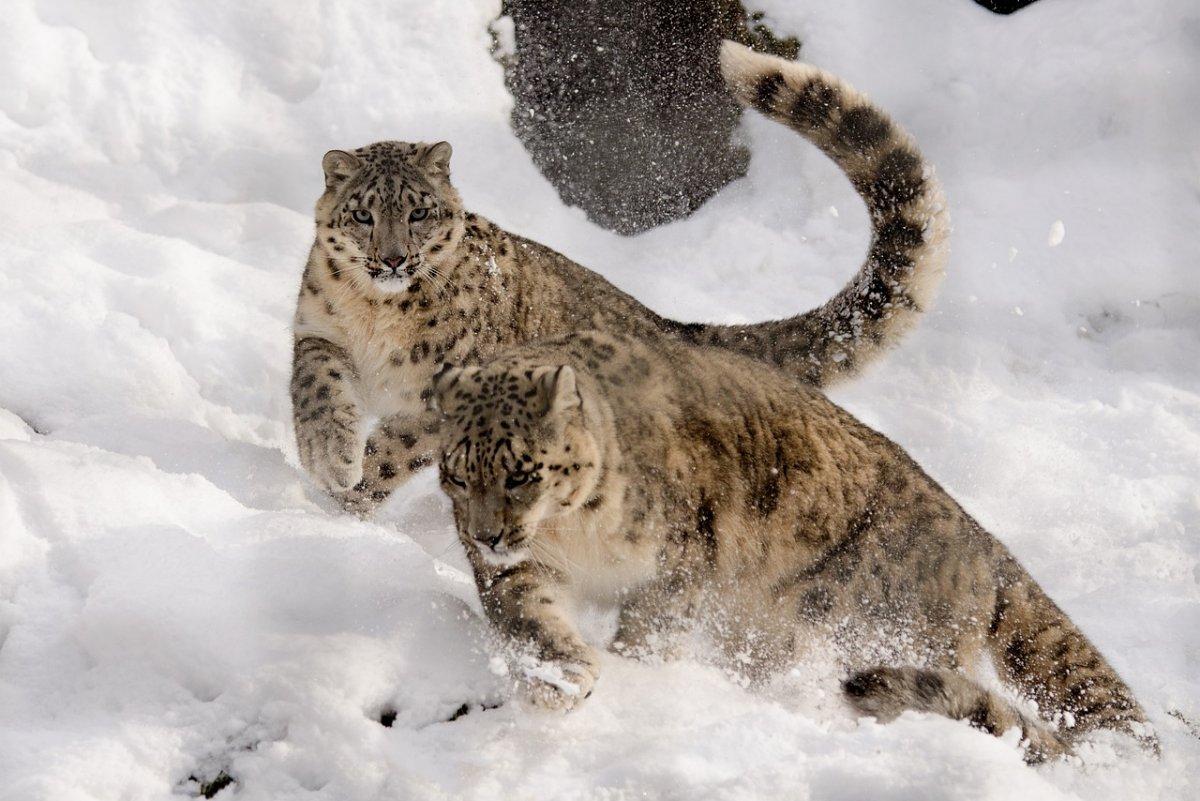
- Name: Snow leopard
- Scientific name: Panthera uncia
- Conservation status:
The snow leopard, also known as the ounce, is a larger species of felid native to the mountains of Central and South Asia. It is seriously threatened by poaching and habitat loss and lives at altitudes of about 3,000 to 4,500 m / 9,800 to 14,800 ft.
This wild cat has a unique, beautiful coat with black rosettes and spots. In order to hunt, it uses rocky cliffs for cover and kills its prey with a neck bite.
3. Eurasian lynx
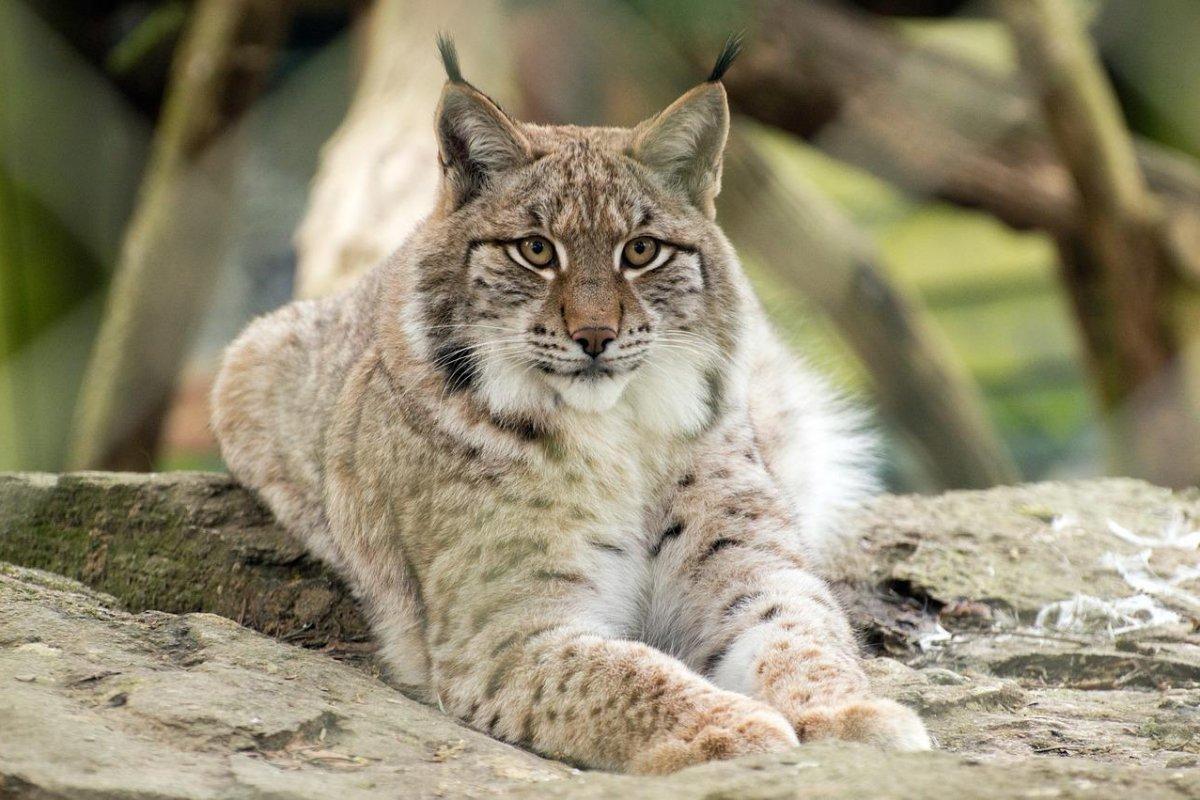
- Name: Eurasian lynx
- Scientific name: Lynx lynx
- Conservation status:
With a somewhat similar behavior to the ounce, the Eurasian lynx is another species of wild cat that can be found in Kazakhstan. Much smaller, it is widely distributed from Central, Eastern, and Northern Europe to Central Asia, the Himalayas, and Siberia, and it lives in the heights of temperate and boreal forests, at up to 5,500 m / 18,000 ft.
Very elusive, this animal is particularly difficult to observe.
4. Siberian musk deer
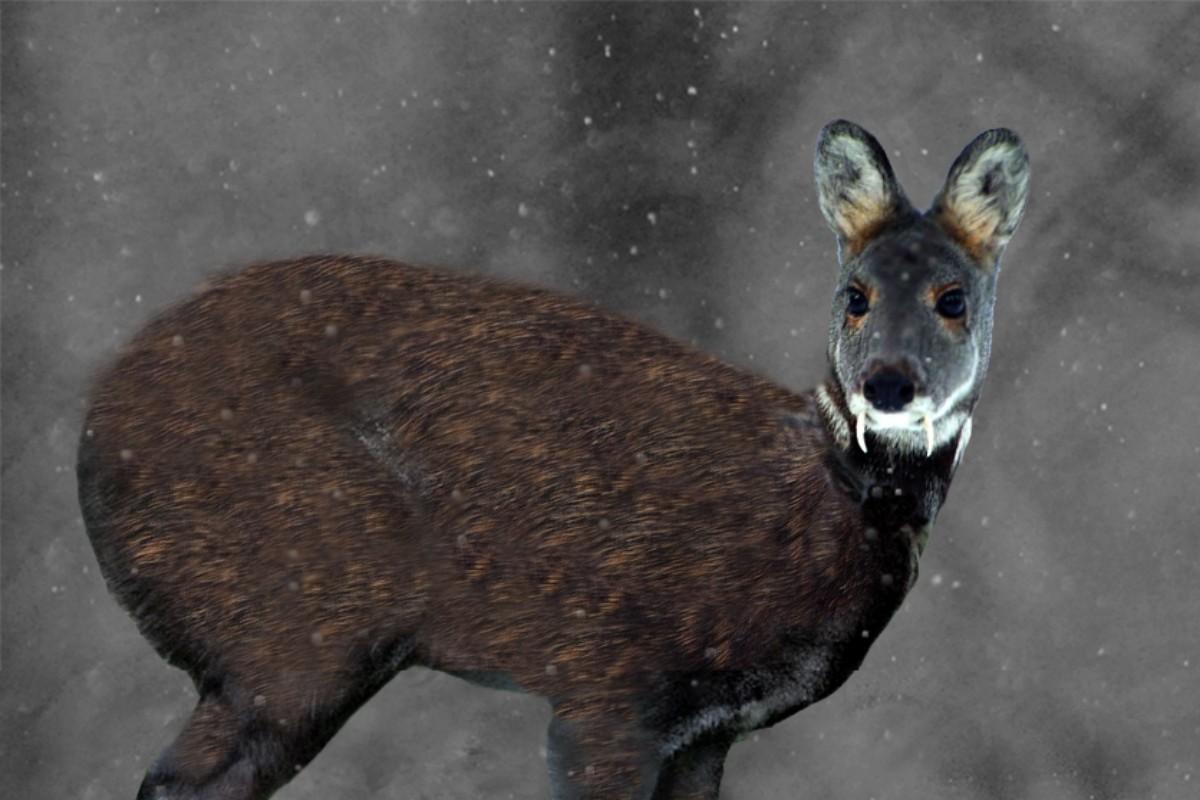
- Name: Siberian musk deer
- Scientific name: Moschus moschiferus
- Conservation status:
The Siberian musk deer is a species of musk deer native to the mountain forests of northeastern Asia. It is most common in South Siberia, but can also be found in countries such as Kazakhstan or Mongolia.
This deer is quite small and can escape from predators thanks to tiny openings in the rocky terrain. Most notably, it has a pair of small tusks and gathers branches in a circle to mark its territory.
5. Cinereous vulture
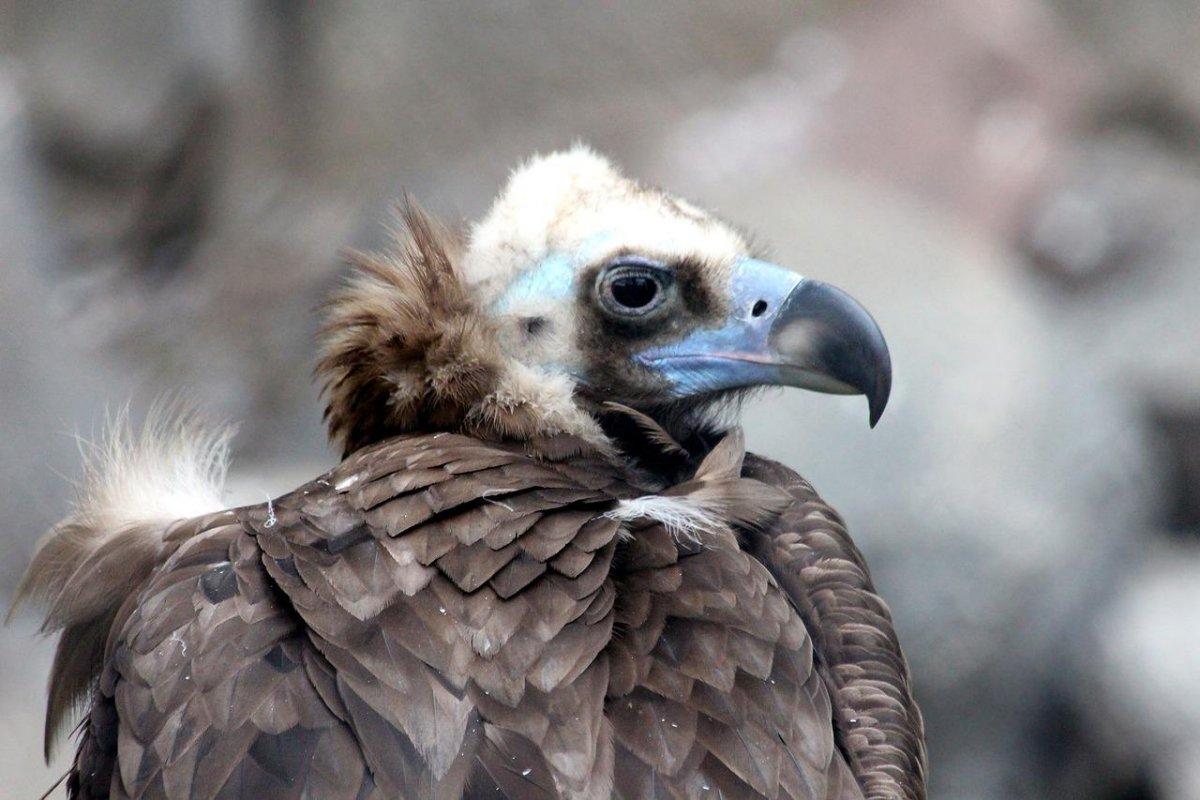
- Name: Cinereous vulture
- Scientific name: Aegypius monachus
- Conservation status:
The cinereous vulture, also known as the black vulture, the Eurasian black vulture, or the monk vulture, is a large species of raptor native to most of temperate Eurasia. It is one of the largest Old World vultures, with a wingspan of 3.1 m / 10 ft.
This vulture is, similarly to others, a scavenger. It feeds on carrions of almost any type, from fish and reptiles to the largest mammals within its range, such as yaks and gazelles.
6. Urial
- Name: Urial
- Scientific name: Ovis vignei
- Conservation status:
The urial, also known as the shapo or the arkars, is a species of wild sheep native to central and southern Asia. It is considered vulnerable to extinction and lives in countries such as Kazakhstan, Afghanistan, Iran, and Turkmenistan.
Only male urials have large, curly horns that can reach up to 100 cm / 39 in, while females have compressed horns. This animal lives at up to 4,500 m / 14,800 ft above sea level.
7. Brown bear
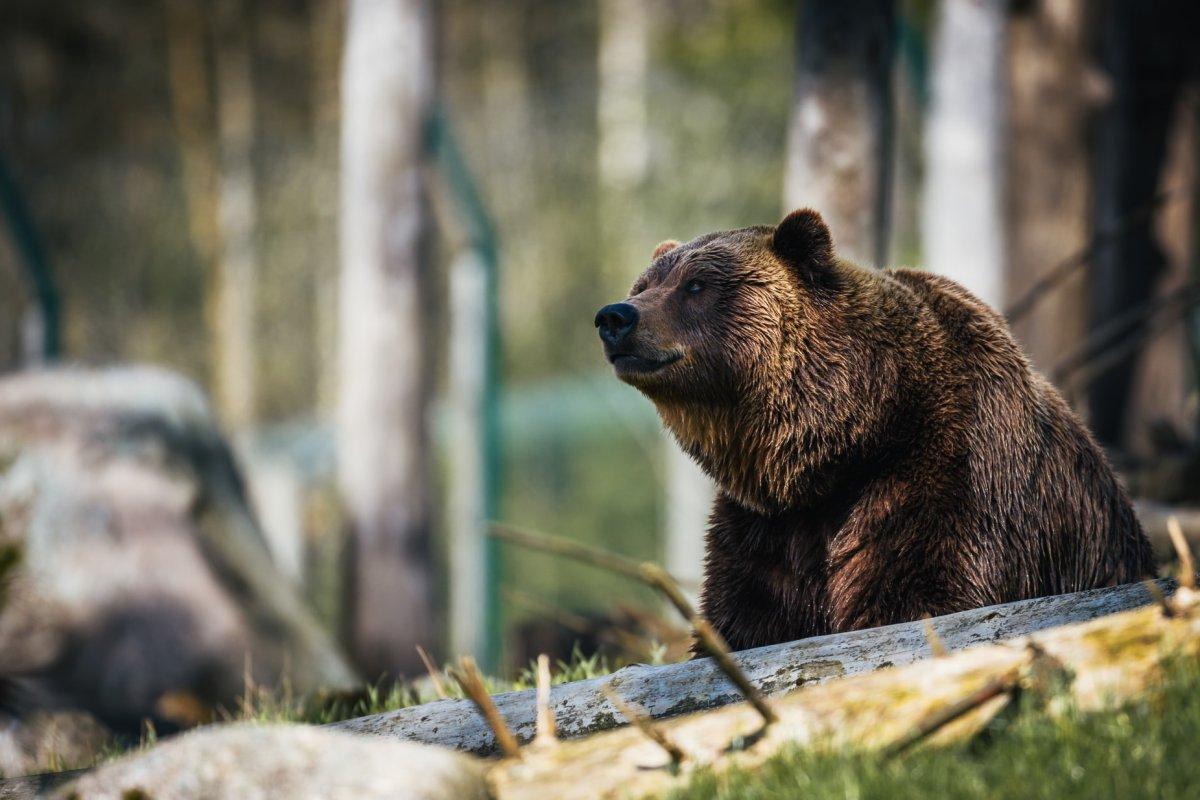
- Name: Brown bear
- Scientific name: Ursus arctos
- Conservation status:
The brown bear is a large species of mammal that can be found throughout much of the Northern Hemisphere, from Eurasia to northwestern North America. Depending on the area, it can have different names, such as the grizzly bear or the Kodiak bear.
With its close relative the polar bear, the brown bear is one of the largest land carnivores on the planet, and it faces local extinctions in many areas; the global brown bear population is estimated at 110,000 individuals.
8. Steppe wolf
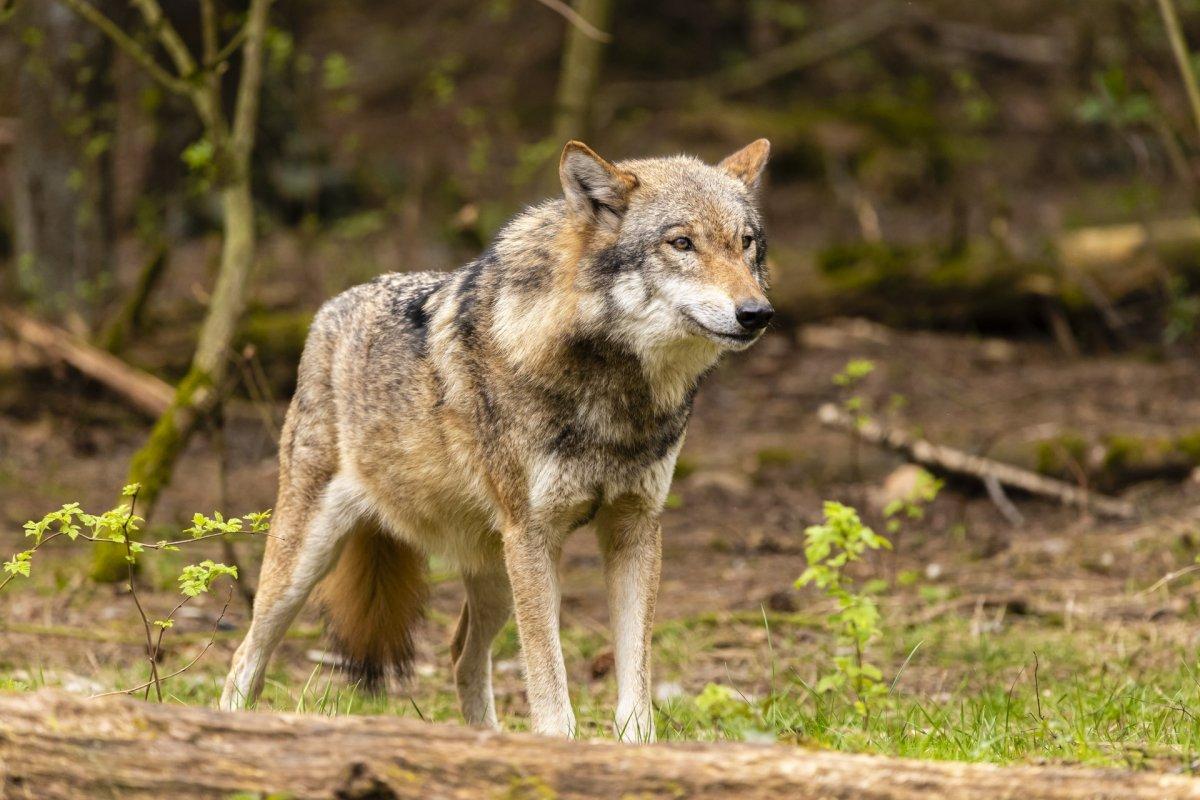
- Name: Steppe wolf
- Scientific name: Canis lupus campestris
- Conservation status:
The steppe wolf, also known as the Caspian Sea wolf, is a subspecies of gray wolf native to the Caspian steppes, southern Kazakhstan, the Caucasus, and eastern Europe. It gave its name to the famous novel “Der Steppenwolf” by Hermann Hesse, which is its German name.
Since this wolf is known to carry rabies and is particularly close to domestic animals, vaccination is absolutely needed in these regions.
9. Corsac fox
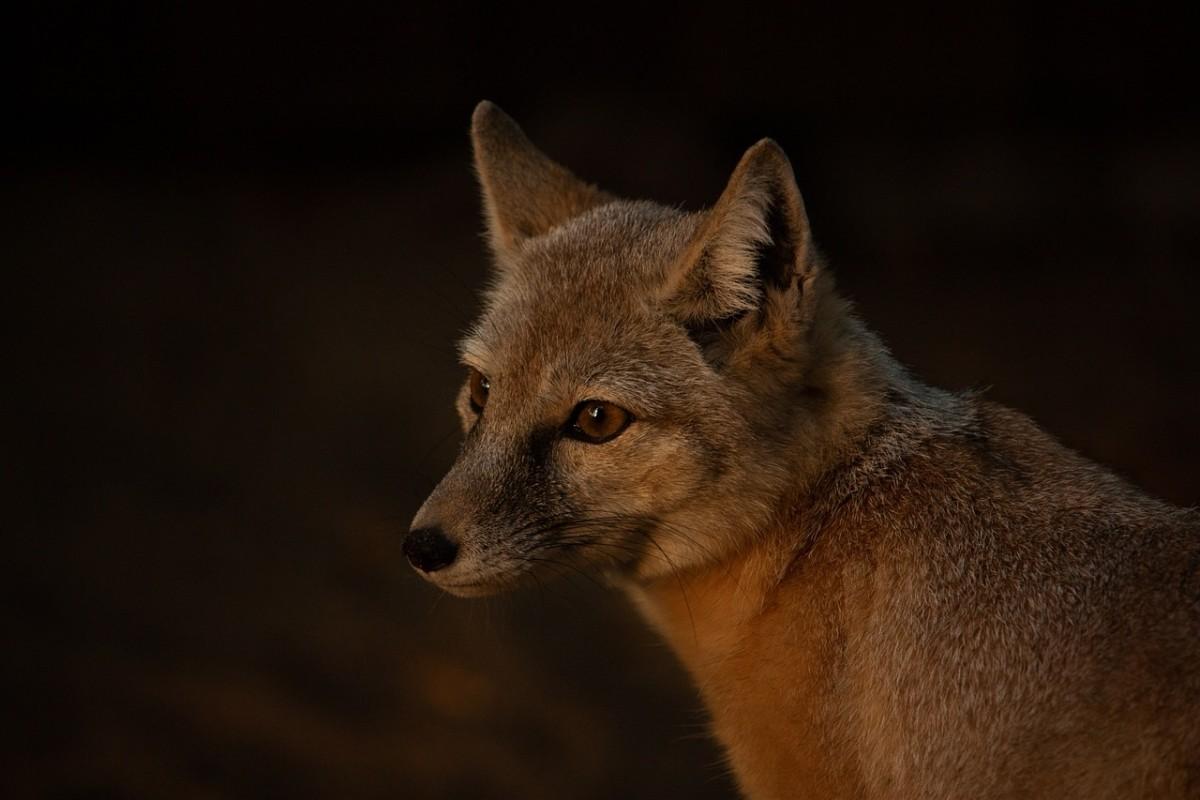
- Name: Corsac fox
- Scientific name: Vulpes corsac
- Conservation status:
The corsac fox, also known as the corsac, is a medium-sized species of fox that inhabits semi-deserts, steppes, and deserts in Central Asia, from Kazakhstan and Russia to northeastern China.
For long periods of time, the corsac fox can live without either food or water. It is an opportunistic animal that mostly feeds on small to medium-sized vertebrates such as voles, hamsters, and ground squirrels. Its main predators are the golden eagle, the upland buzzard, and the Eurasian eagle-owl.
10. Eurasian eagle-owl
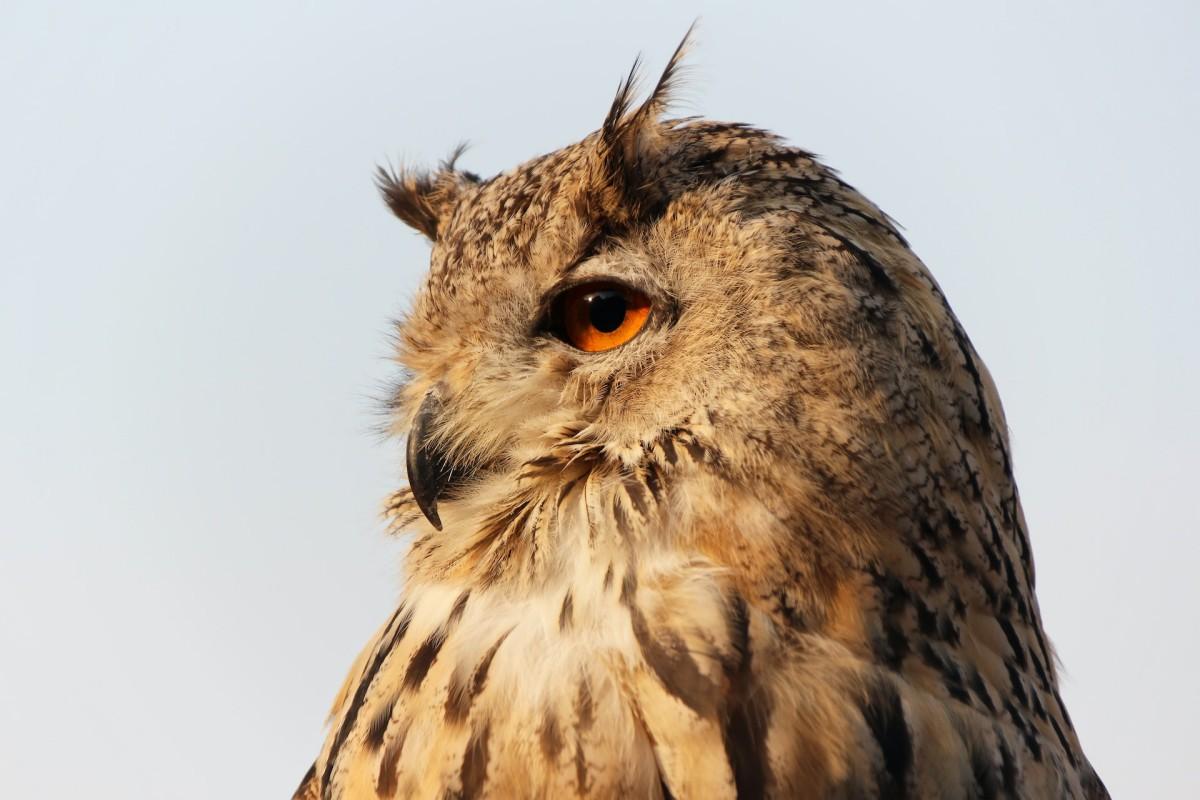
- Name: Eurasian eagle-owl
- Scientific name: Bubo bubo
- Conservation status:
Speaking of which, the Eurasian eagle owl is a species of eagle owl that inhabits most of Eurasia. Also known as the eagle owl or the Uhu, it is one of the largest species of owl, reaching a wingspan of 188 cm / 6 ft 2 in.
While it can be found in a variety of habitats, this eagle owl prefers mountainous and rocky areas, usually near woodland edges. It is a nocturnal predator that mostly hunts rodents, rabbits, and birds.
11. Eastern imperial eagle
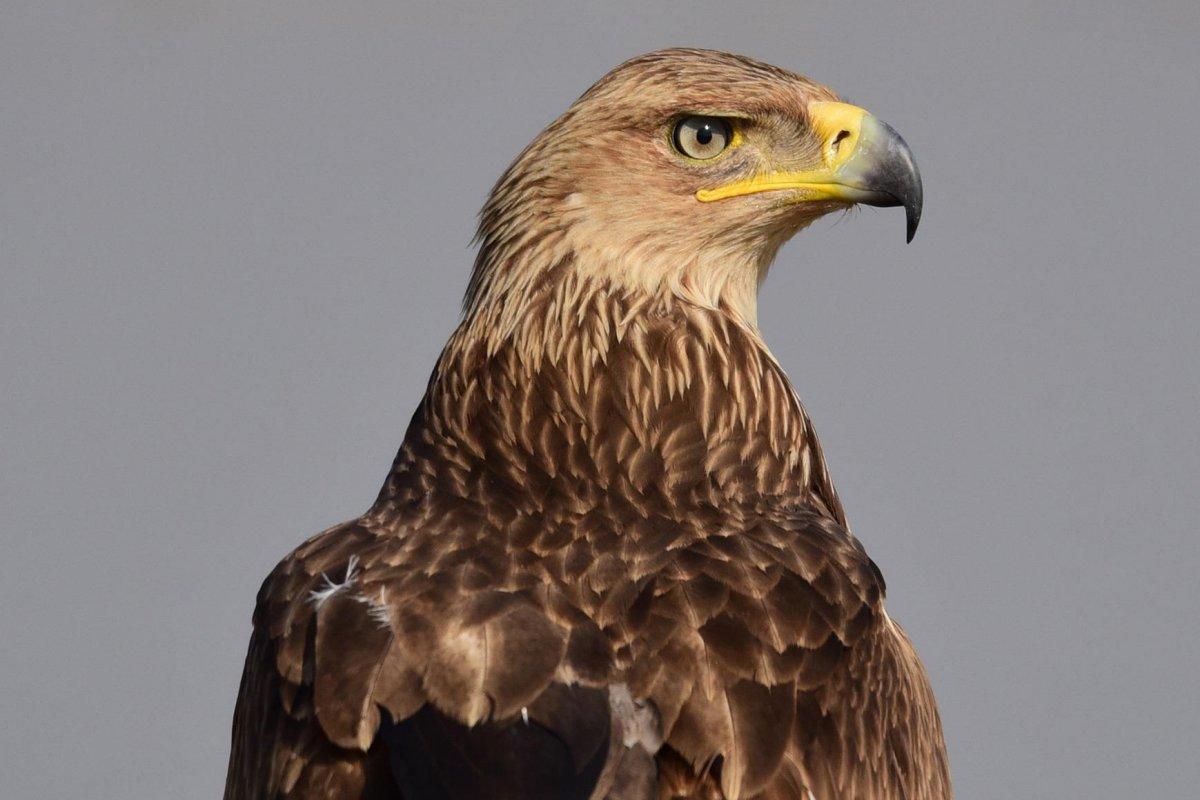
- Name: Eastern imperial eagle
- Scientific name: Aquila heliaca
- Conservation status:
The eastern imperial eagle is a large species of bird of prey native to a wide range from southeastern Europe to West and Central Asia. It is migratory and spends the winter in the Middle East, southern and eastern Asia, and Africa.
This eagle is particularly opportunistic, feeding on small mammals most of the time, but also on reptiles, birds, and even carrion. Sadly, due to persecution, habitat destruction, and depletion of prey, it is seriously threatened.
12. Eurasian otter
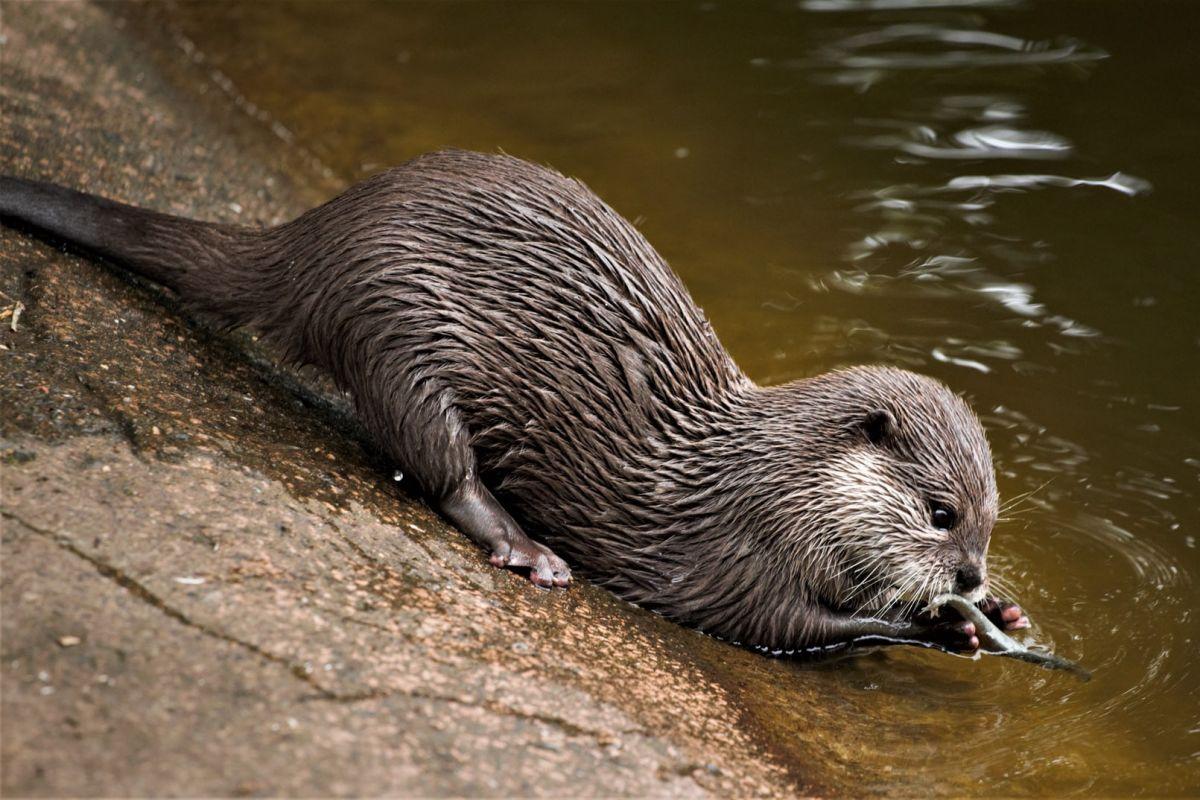
- Name: Eurasian otter
- Scientific name: Lutra lutra
- Conservation status:
The Eurasian otter, also known as the Old World otter, the river otter, or the common otter, is a semi-aquatic mammal native to most of Eurasia, from northwestern Africa and the Iberian Peninsula to eastern Asia and the coasts of China and Russia.
This animal lives in freshwater, is strongly territorial, and mostly feeds on fish. Depending on the area, it is more or less threatened, and it started its decline during the second half of the 20th century, mostly because of pesticides, hunting, and habitat loss.
—
So there you have them, these were my 12 wild animals in Kazakhstan. I hope you enjoyed this list and that you learned something new today.
In case you want to learn more about Kazakhstan wildlife, feel free to keep reading, as I still have lots of things to tell you about:
Endangered Animals of Kazakhstan
This is definitely the saddest part of the list, but it is very important to raise awareness. Because of this, let’s go through the list of endangered animals in Kazakhstan.
Here are the animals in danger of extinction in Kazakhstan.
- Schizothorax saltans
- Inconnu
- Beluga
- Sociable lapwing
- Ship sturgeon
- Stellate sturgeon
- Slender-billed curlew
- and 9 more…
- Tiger
- Semirechensk salamander
- Caspian seal
- Steppe eagle
- Russian desman
- and 14 more…
To see the full list of endangered species in Kazakhstan, head over to the International Union for Conservation of Nature’s Red List.
What is the National Animal of Kazakhstan?
The national animal of Kazakhstan is the golden eagle.
The golden eagle is a large bird of prey native to much of the Northern Hemisphere. It is the most widely distributed species of eagle, and one of the best-known ones.
For millennia, humans have been fascinated by the golden eagle: it is regarded with reverence, and it used to be a major Aztec symbol.
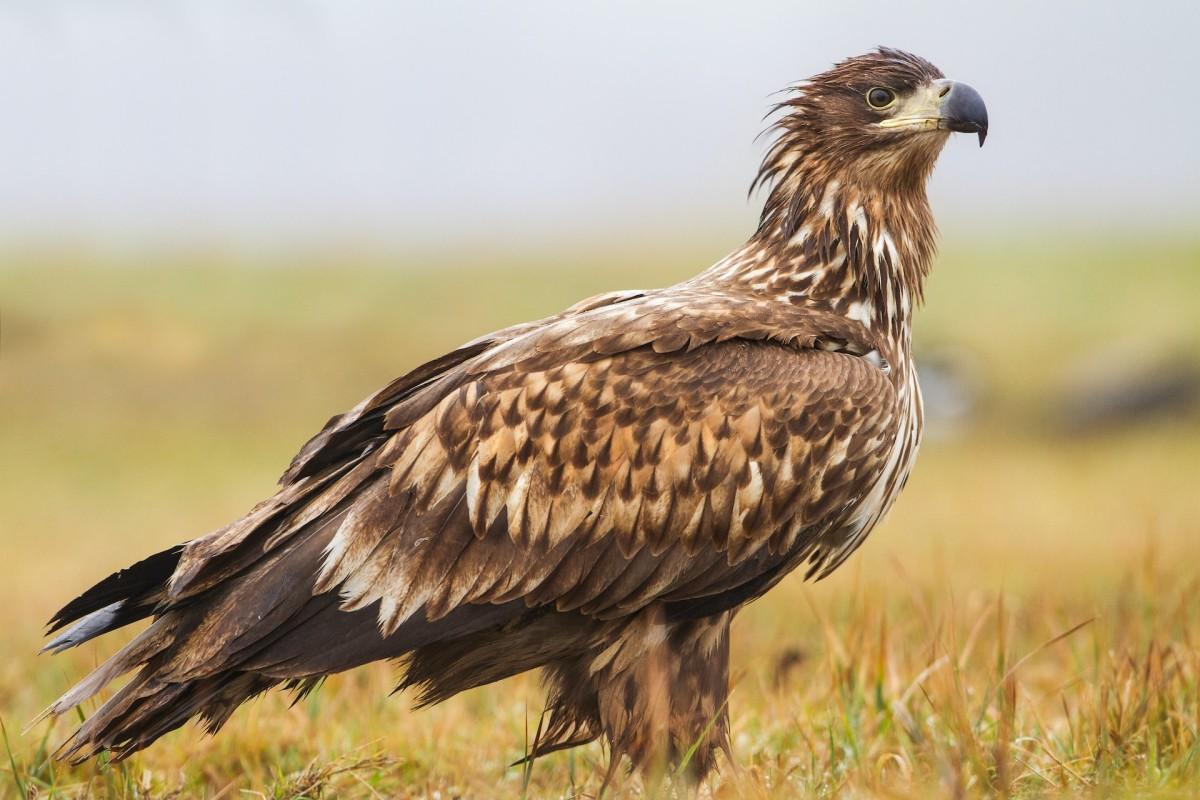
How Many Animals Native to Kazakhstan?
What is the diversity of native animals in Kazakhstan?
Let’s look at the total number of species of Chordata (mammals, birds, fishes, and reptiles).
Total number of animal species in Kazakhstan: 862 (5,029 in total in West and Central Asia)
How many snow leopards are there in Kazakhstan?
There are about 130 snow leopards in the wilderness of Kazakhstan.
This large wild cat is one of the most endangered animals on the planet and is globally on the brink of extinction. It hides in the heights of Central and South Asia, and fewer than 10,000 mature individuals remain, all of them being seriously threatened by poaching and habitat loss. The snow leopard population is expected to decline by an additional 10 percent by 2040.
Are there snakes in Kazakhstan?
There are definitely snakes in Kazakhstan.
Some examples are the diadem snake, the smooth snake, the gyurza, and the shitomornik. Several Kazakhstani snakes are particularly dangerous, and you should always be on the lookout if you are walking in the wild.
More About Animals in the World!
Loved these Kazakhstan animal facts? Want to see what animals live in other countries?
Then check out these posts:
Or click here to see ALL the facts up on the blog! Spoiler alert: there’s A LOT of them.
Share the knowledge! Click on the buttons below to share information about these famous animals in Kazakhstan with your friends, and help them learn more about the world 🙂
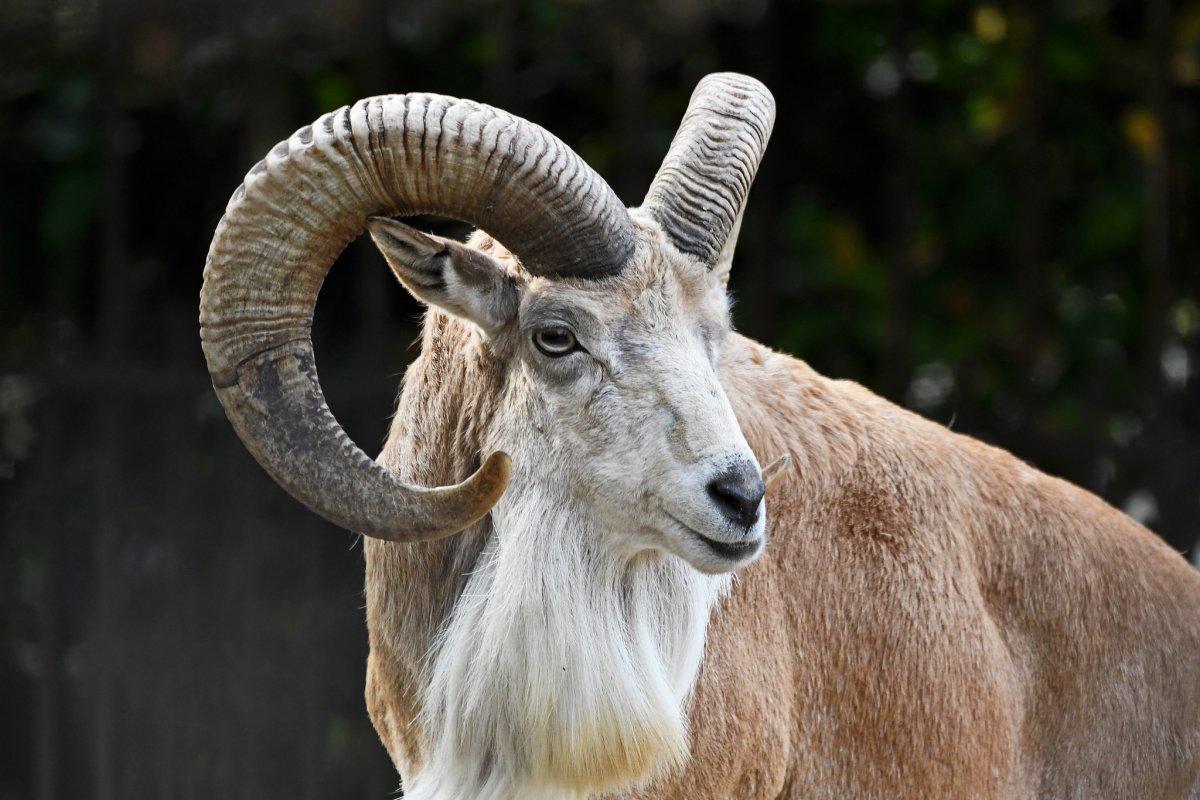

![18 Wild Animals in Qatar [Wildlife in Qatar]](https://www.kevmrc.com/wp-content/uploads/2022/11/18-wild-animals-in-qatar.jpg)
![16 Wild Animals in Serbia [Wildlife in Serbia]](https://www.kevmrc.com/wp-content/uploads/2022/08/16-wild-animals-in-serbia.jpg)
![25 Wild Animals in Sweden [Wildlife in Sweden]](https://www.kevmrc.com/wp-content/uploads/2022/10/25-wild-animals-in-sweden.jpg)